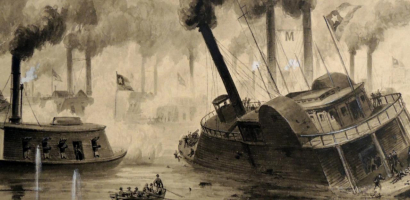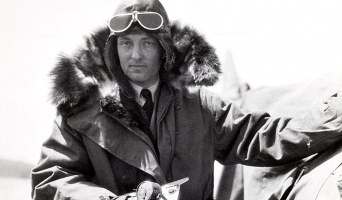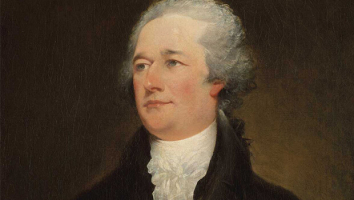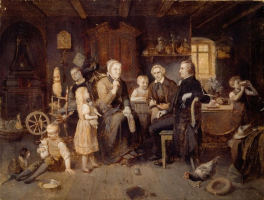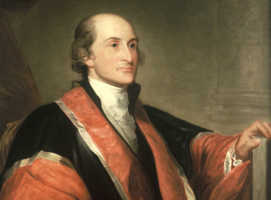Top 10 Facts About Confederate Manufacturing
The Confederate States of America (CSA), sometimes known as the Confederate States, the Confederacy, or simply "the South," was an unofficial ... read more...breakaway republic that existed in North America from February 8, 1861, to May 9, 1865. The Confederacy was made up of American states that had separated from the Union and fought against it during the American Civil War. It can be seen that manufacturing contributed a lot for the war. And here are some facts about the Confederate manufacturing.
-
The first fact about Confederate Manufacturing is that industrialists in the south established a significant and diverse manufacturing industry prior to the civil war. The states that would become the Confederacy "ranked among the industrial countries of the world," as one historian described it. The South was still largely an agricultural region in 1860, and it was heavily reliant on exporting its primary foods to the global market. The most valuable export from the United States by 1815 was cotton, and by 1840 it was worth more than all other exports put together. However, while producing two-thirds of the world's cotton, the southern states had limited industrial capacity, only approximately 29% of the nation's railroad tracks, and only 13% of its banks. Although the South did try exploiting slave labor in industries, its agricultural economy served it well for the most part.
There were no intrinsic economic obstacles in the South that caused a later pace of industrial development. The South was very wealthy, but it was mostly dependent on the slave trade. In 1860, the economic value of slaves in the United States was greater than the total value of the country's banks, factories, and railroads. Cotton cost an all-time high on the eve of the Civil War. The Confederate leaders believed that the South would receive the diplomatic and military support it needed to win because of the value of cotton on the international market, particularly in England and France.
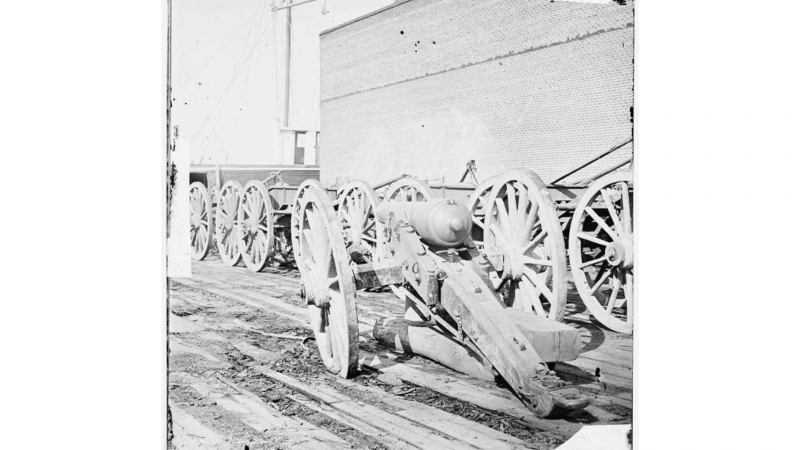
Photo: New Georgia Encyclopedia 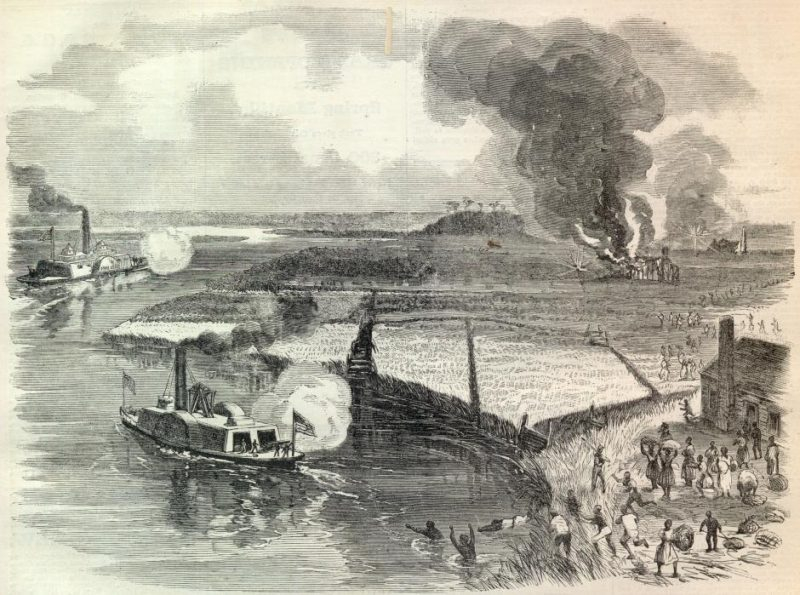
Photo: War History Online -
Iron deposits were spread throughout the mountains in the slave-owning states, starting in Western South Carolina and moving south into Tennessee and Alabama. The Richmond Basin, East Tennessee mountains, North Carolina mountains, and Alabama mountains were all mined for coal. Copper mines and niter (also called saltpeter) caves can be found in Tennessee. The Confederate Mining and Niter Bureau oversaw the production and distribution of these vital resources during the conflict.
Virginia had long been the top producer of minerals inside the Confederacy. The majority of this natural wealth was concentrated in the state's mountainous southwest, where significant saltpeter, lead, salt, iron, and coal resources had been mined for more than a century. Additionally, the area's mines occasionally produced copper, zinc, gold, and silver. There were natural resources in other sections of the South, including Alabama, which had significant iron and coal operations, but none of them could compare to the richness and variety of the troves in Southwest Virginia. Federal strategists working to dismantle the Confederate war system were aware of this.
There were three household niter sources in the South: cave sediments, which were the most abundant; "dirt" beneath aging structures like outhouses, barns, and stables; and nitriaries, or man-made niter beds. Huge amounts of excellent quality niter were found in the limestone belts of the Appalachian Mountains in caves. Contrary to popular belief, the primary cause of this saltpeter is not bat guano; rather, it is a result of underground waters dissolving nitrate in soils of deciduous forests and transporting it to caverns, where it precipitates in the cave sediments. The Southeast of the United States has the best-developed soil, water, and temperature conditions to produce the resource. Therefore, the majority of North America's niter caves, from which excellent gunpowder as good as any that could be imported was derived, were found in the mountain states of the old Confederacy.
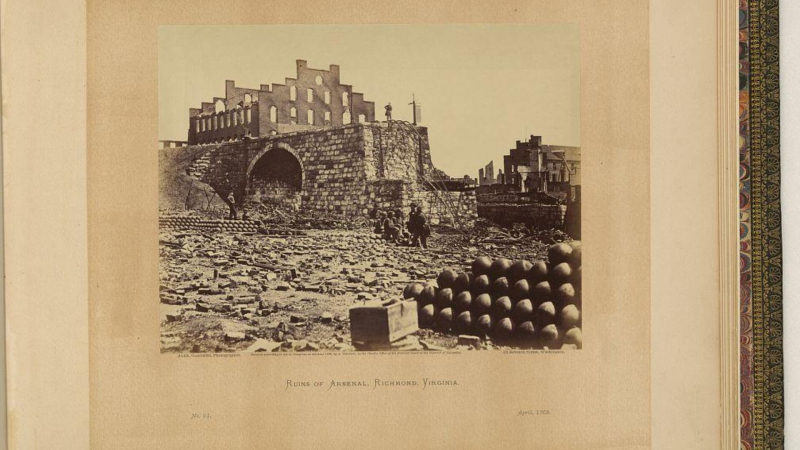
Photo: Library of Congress 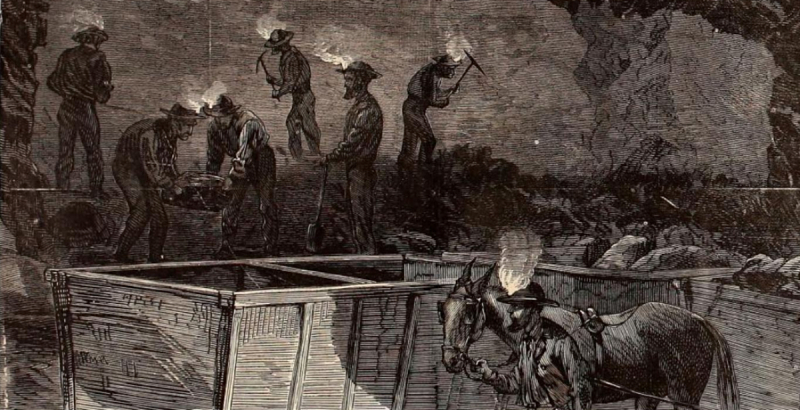
Photo: Wynning History -
Millions of dollars were spent by southern businessmen before the war to build a railroad system that linked the cotton-growing areas to the coast is the second fact about Confederate Manufacturing we want to mention. On the eve of the Civil War, the American rail network had amassed around 28,900 miles (46,500 km) in just 30 years from its inception (1861-1865). About 70% of this, or 21,300 miles, was centered in the Northeast and Midwest, whereas the Confederacy only had access to 9,022 miles. The railroad network in the Southern states was superior to that in the North and many European countries, despite the fact that the private corporations who built the train lines used different gauges for their tracks. Despite this disparity, the South did have one edge at the time because the majority of its trackage was spanking new. Richmond, Atlanta, and Chattanooga were the South's three most significant rail hubs. West of the Mississippi, very little track has yet to be installed.
The Confederate leadership was reluctant to realize the significance of the railroads in the struggle, despite the fact that wars have historically been waged to control supply hubs and road connections. The Southern railroads were in poor condition by September 1863. As soon as the war started, when many train workers moved north to support the Union war effort, things started to get worse. Few of the 100 railroads in the South that existed before 1861 were longer than 100 miles. The South had never been as excited about the railroad industry as the North; its residents preferred an agricultural lifestyle and hired men from the Northern states to do the mechanical work.
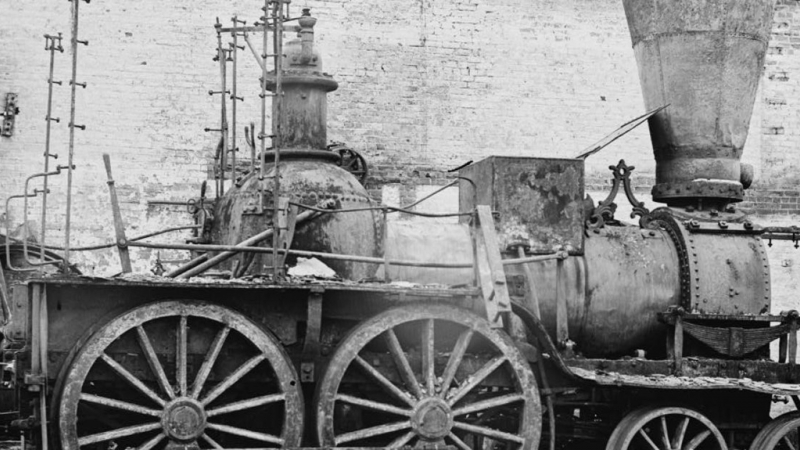
Photo: American Battlefield Trust 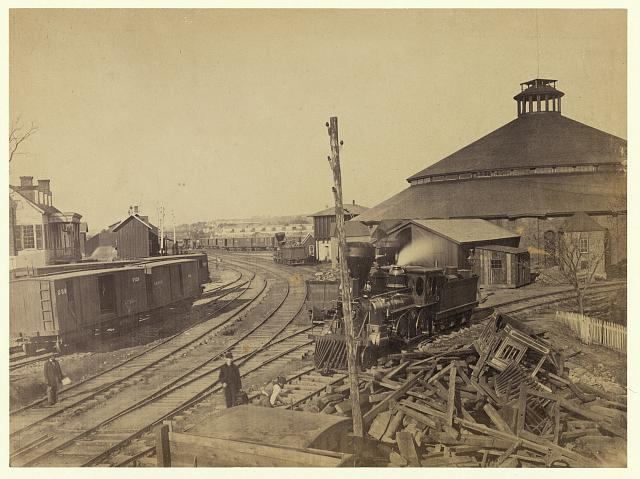
Photo: Civil War Academy -
During the American Civil War, slavery was the main driving force. Slavery was the main cause of secession, particularly Southern political leaders' opposition to Northern antislavery political organizations' attempts to stop the spread of slavery into the western territories. As Union Armies seized control of major portions of the South's territory, slavery underwent significant modifications. Enslaved people actively participated in their own emancipation both before and during the conflict, and thousands of them managed to escape their bonds during that time.
These skilled and semi-skilled workers were a vital part of Southern industry in the pre-Civil War era. Numerous military manufacturing companies used thousands of enslaved men during the conflict. Although yeomen farmers outnumbered the less than 50,000 planters, planters held the majority of the slaves in the South. Rice, cotton, and sugar were the main crops grown in the South, where agriculture was more profitable than in the North. Before the war, there were ten to twenty black slaves for every white person in the rice-growing regions of Georgia, South Carolina, and sections of the Mississippi Delta. This difference increased throughout the war, raising concerns about revolt and calls for militia units to be stationed in agricultural areas to maintain order. Throughout the war, there was still a market for buying and selling slaves, as well as for hiring and terminating enslaved labor. The cost of slaves increased, but because it did not keep pace with inflation, their true cost decreased throughout the Civil War. With the likelihood of a Confederate victory came ups and downs in the cost of slaves.
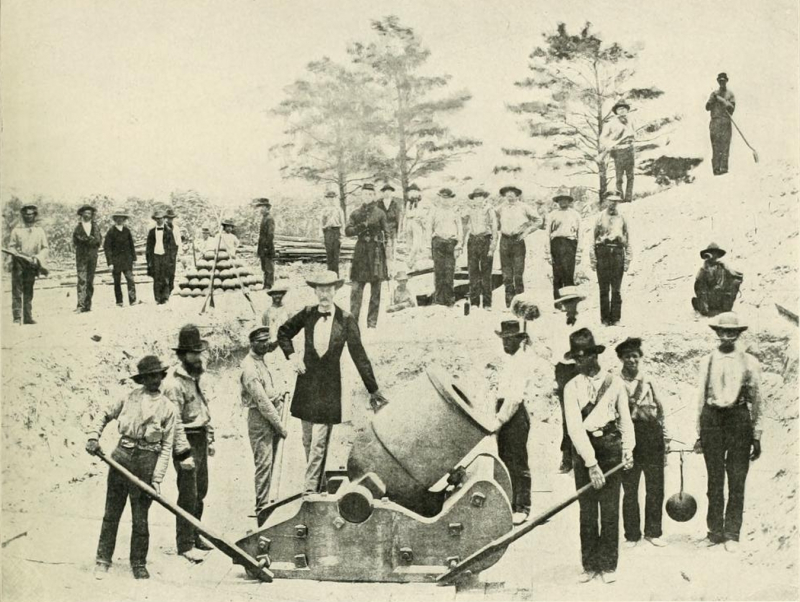
Photo: US Slave 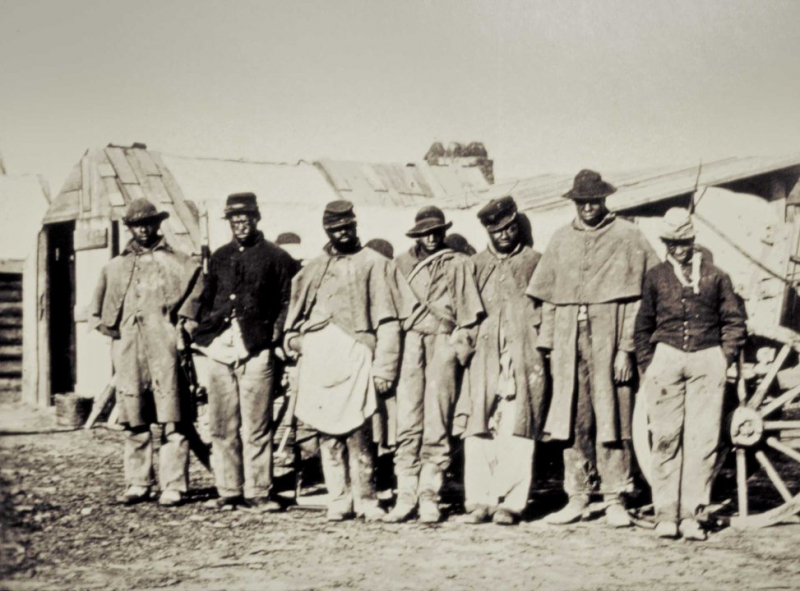
Photo: PBS -
The Confederate and Union War Department Ordnance Bureaus were in charge of arming and muniting their respective field forces. The main obstacles for the Confederate bureau to overcome were the lack of indigenous industrial capacity and getting imports through the Union maritime embargo. The eventual tale of the federal bureau is one of a revolution in shoulder arms design, given that the Union-loyal states controlled 85% of America's antebellum manufacturing and some of the most cutting-edge armaments in the world. Local harness makers produced accessories, small foundries produced cannon, and local gunsmiths converted hunting rifles into military firearms.
The Quartermaster General was in charge of providing things like clothing, shoes, wagons, tents, and horse harnesses while the Commissary General was in charge of providing food. Weapons and ammunition were supplied by the Chief of Ordnance. The Niter and Mining Bureau, which was formerly a Corps of the Ordnance Bureau, became independent in 1863 to supply chemicals like saltpeter for the manufacture of gunpowder. Additionally, it provided metals like lead, iron, and copper for the production of weapons, percussion caps, and bullets.
When the conflict broke out, domestic spinners and weavers rekindled their ancient craft, leaving the government to rely on few resources to provide clothing and shelter for the troops it had enlisted in its armies. We will be primarily interested in the activity of the quartermaster's bureau of the war department because there was no civil apparatus available to handle this issue, and the duty of delivering these supplies for the army fell almost totally upon it. That's all about the fifth fact about Confederate Manufacturing Toplist want to share.
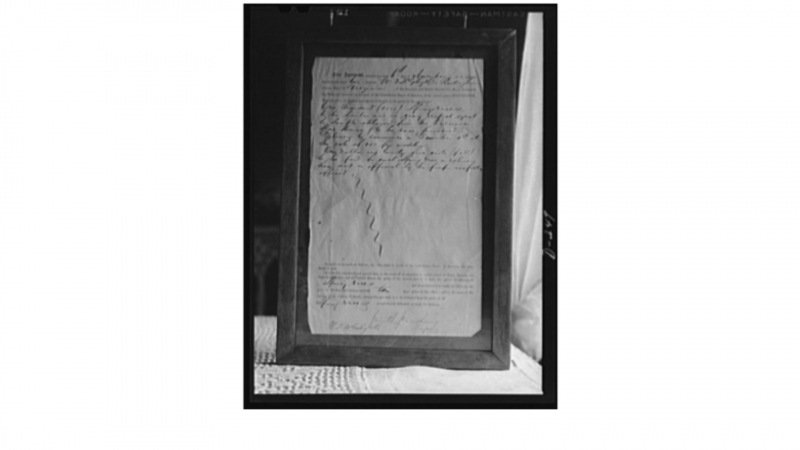
Photo: Library of Congress 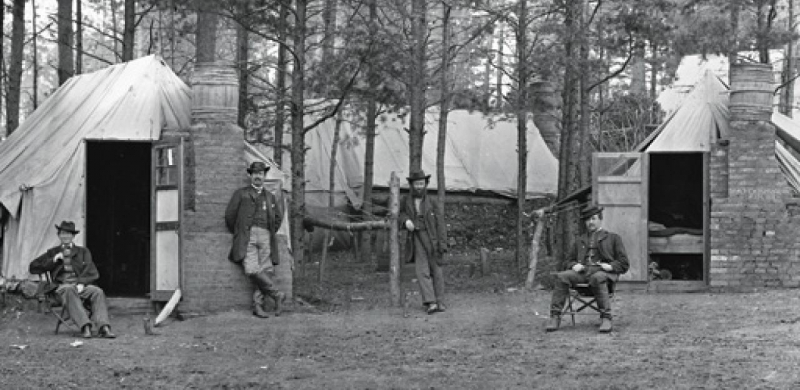
Photo: American Battlefield Trust -
The Confederate War Department controlled the manufacture and delivery of war supplies beginning in the second half of 1861 by centralizing authority over the country's industrial capability through the Quartermaster and Ordnance Bureaus. In time, a considerable number of the Confederacy's industrial complexes which included textile mills, foundries, and machine shops which performed work for the Ordnance and Quartermaster Bureaus under contract.
Only those factories that directly served the requirements of the army were under the administration of the confederate government. These were divided into two categories: the ordnance bureau was in charge of the weaponry and ammunition; the quartermaster's bureau was in charge of the more varied group, which comprised clothing, blankets, tents, shoes, wagons, saddles, and harness. The fact that the Confederate government never created or even made an attempt to create any civil machinery for the management or regulation of the industries on which their heavily dependent production depended appears noteworthy. The cause is obvious: the army's supply was only seen as a military issue. It was an army matter; let the war department handle it! Even though it was urgent, the issue was only going to last until the end of the war. After all, these issues were unavoidable in a government that was just scraping by and reliant on insufficient and underdeveloped resources.
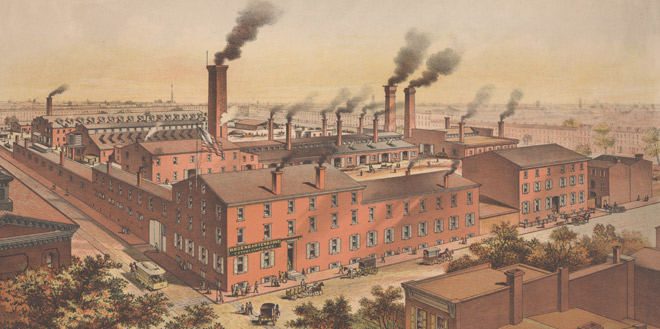
Photo: Science History Institute 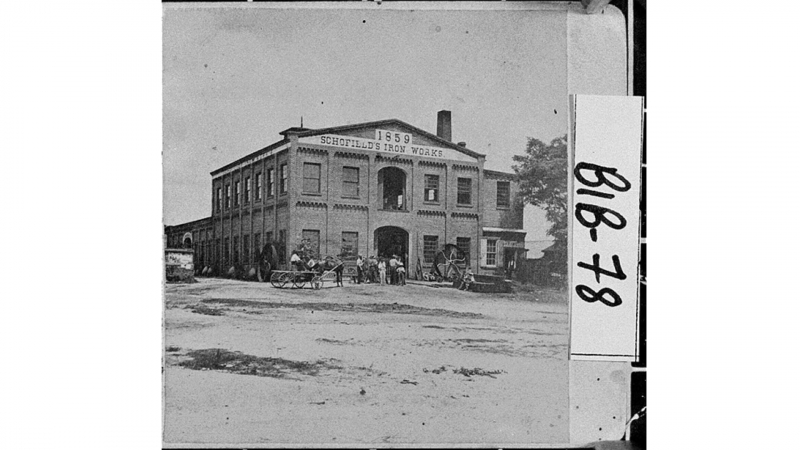
Photo: New Georgia Encyclopedia -
The Confederacy had essentially no weapons when the war broke out on April 12, 1861, except from what it had acquired when the component states took control of various federal arsenals after secession. About 100,000 small armaments, including pistols and shoulder weapons, were included in the first inventory. There were also roughly 700 cannons, the most of which were placed for coastal defense. The supply of munitions was made more difficult by the fact that many of the weapons were outdated and the small arms were of different calibers. With the exception of a few pieces from the War of 1812 and a few more recent guns that belonged to the individual states, there was hardly any field artillery. To ignite the gunpowder in an infantryman's musket or rifle, percussion caps, which were in short supply, were also needed.
America possessed two sizable armories before the conflict that could produce military weapons. One was in Harpers Ferry, which would later become a portion of Union-loyal West Virginia, and the other was in Springfield, Massachusetts. The Harpers Ferry Armory was abandoned and torched by the federals not long after the war began. Therefore, in the middle of 1862, the Confederate Ordnance Bureau started building a National Armory in Macon, Georgia, which is also the next fact about Confederate Manufacturing. The factory was designed to provide the Confederate army with Enfield style rifle muskets, and it was modeled after the United States Armory at Harpers Ferry. Early 1863 saw the start of construction on the main structures, while late 1862 saw the start of gunstock production. Even though the Armory building was nearly finished, crucial English equipment for creating guns did not arrive in time for the conflict to end.
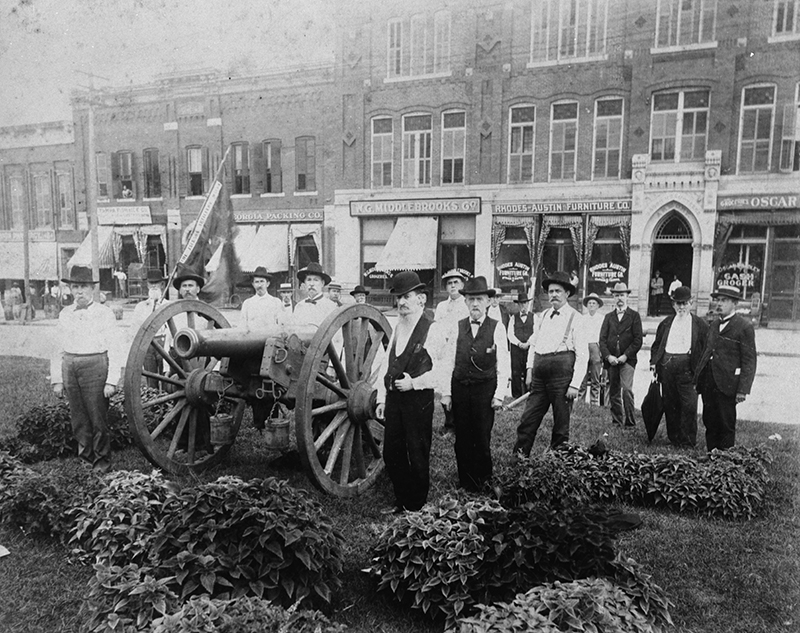
Photo: New Georgia Encyclopedia 
Photo: Jacob Rohrbach Inn -
Confederate Ordnance Bureau officials built a government-run gunpowder mill along the industrial canal at Augusta, Georgia, as there was little likelihood of importing enough gunpowder from abroad and few gunpowder producers in the South. In September 1861, work started. The facility was completely operating seven months later. Throughout the whole war, it provided the Confederacy with premium powder. The Confederate Powderworks, sometimes known as the Augusta Powderworks, was a gunpowder plant built by the Confederate States of America during the American Civil War. As a safe inland position with adequate rail and water connections, Colonel George Washington Rains selected the old United States Arsenal site in Augusta, Georgia, which is located between the Canal and Savannah River.
Building construction started in September 1861, and after Richard Peters' Atlanta flour mill sold him a 130 horsepower steam engine, the Powderworks was manufacturing gunpowder by the end of 1862. In addition to finding a former employee to offer advice, Rains was guided by a pamphlet produced by a British artillery officer outlining the powder works at Waltham Abbey in Essex County close to London. The Confederate Powderworks, which produced 3.5 tons of gunpowder per day from 1862 to 1865, was the second-largest gunpowder plant in the world at the time. Before it was shut down on April 18, 1865, it generated more than 2.75 million pounds of high-quality gunpowder—the majority of the powder utilized by the Confederacy.
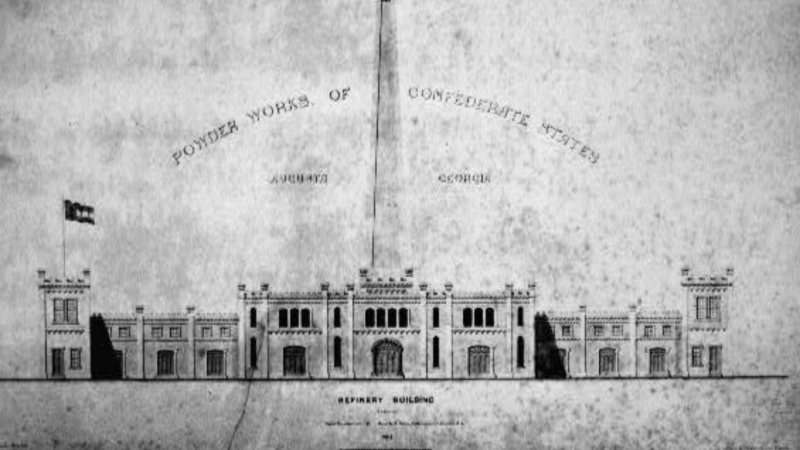
Photo: Civil Discourse 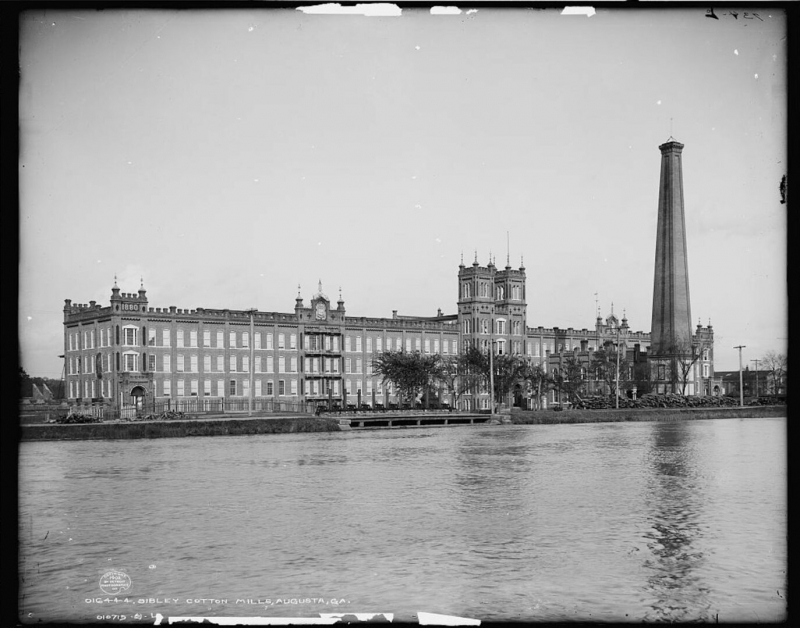
Photo: New Georgia Encyclopedia -
In 1862, the confederate quartermaster bureau centralized uniform production is the following fact about Confederate Manufacturing in this list.Early on, servicemen would occasionally mix and match uniform components, getting by with what they could find among the bodies of American and Confederate dead or from captured US Army soldiers, or they would just dress in civilian clothes. Since some of the documents were lost or destroyed after the Civil War, there are some questions over the precise specifications of a couple of the outfits. Later, in cities like Columbus, Augusta, Charleston, and Richmond, the Confederacy established Clothing Bureaus. The Quartermaster cutters used a predetermined pattern to evenly cut the cloth they had purchased. The women were then given the pieces to sew together into uniforms while they were at home.
During the American Civil War, which raged from April 12, 1861, to May 1865, each branch of the Confederate States military had its own service dress and fatigue clothes as well as rules governing them. Due to a number of factors, including location, restrictions on the availability of cloth and other resources, state laws that differed from the national regulations, and the high cost of materials during the war, the uniform initially varied widely. For instance, Texas units had access to vast quantities of American blue uniforms that they had obtained following the Confederate forces' capture of a U.S. supply depot in San Antonio in 1861. They were still worn in 1863.
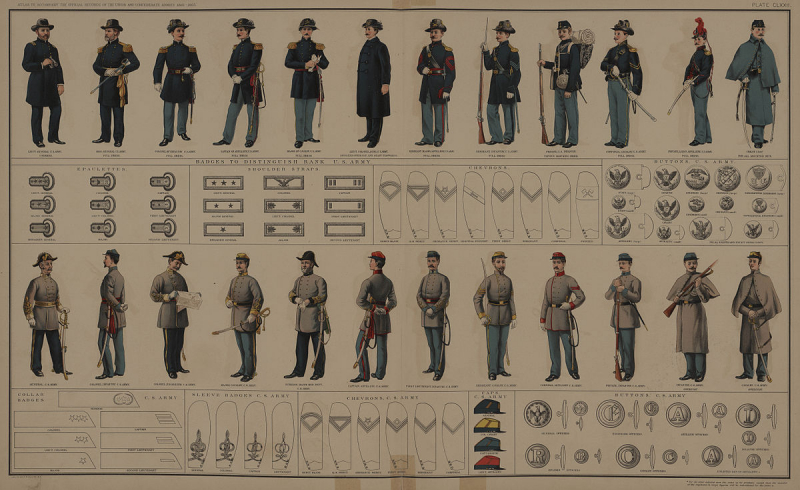
Photo: WIkipedia 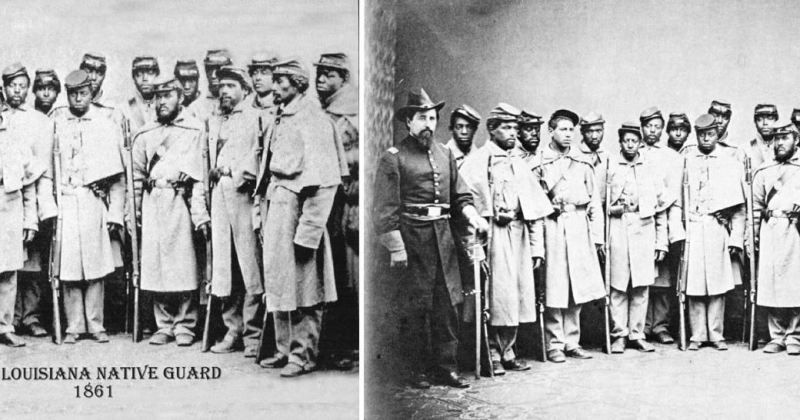
Photo: American Battlefield Trust -
The civilian labor was severely reduced when war broke out. Due to the exodus of hundreds of thousands of men from their homes, farms, and businesses, the participation of women, including both black and white, in activities that they had previously been discouraged from pursuing, if not outright forbidden, has significantly increased. Women were the obvious alternatives, taking over male-occupied roles as well as those that the rigors of war specifically required them to fill. Many white women discovered themselves working outside the home and making money for the first time in their lives. Their motivations ranged from patriotism to poverty to a feeling of purpose. Even some black women who were free and enslaved found new chances to work for pay due to the severe labor shortage in the South. For entire regiments, they furnished uniforms, blankets, sandbags, and other supplies. They labored in improvised hospitals as untrained nurses and penned messages to soldiers. Even wounded soldiers received care at home. To work in the growing Quartermaster and Ordnance operations, other women relocated to cities. Women worked as cartridge rollers in Confederate arsenals in addition to making uniforms.
The Confederacy's enslaved women's unpaid labor played a crucial role in supplying the war effort. The widespread belief that there are two distinct spheres—the male, public sphere of politics and business, and the feminine, private sphere of the home and family—is fundamentally challenged by the prevalence of so many women in the workforce. This paved the way for a redefining of women's standing in American culture and ensured that the workforce would never revert to its prewar status.
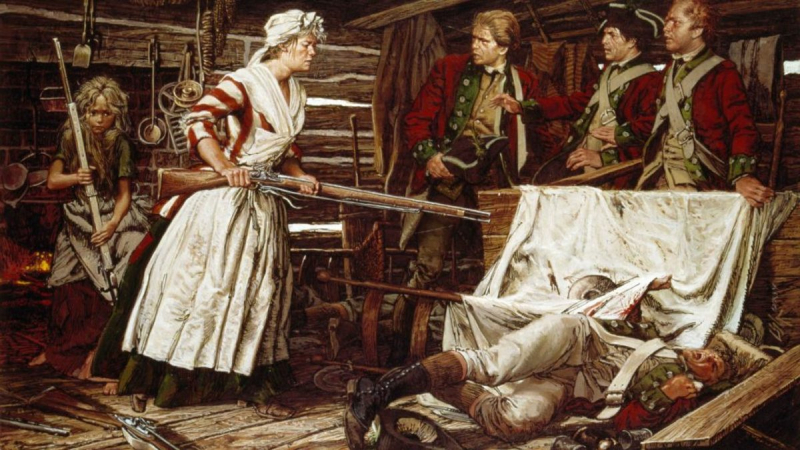
Photo: history.com 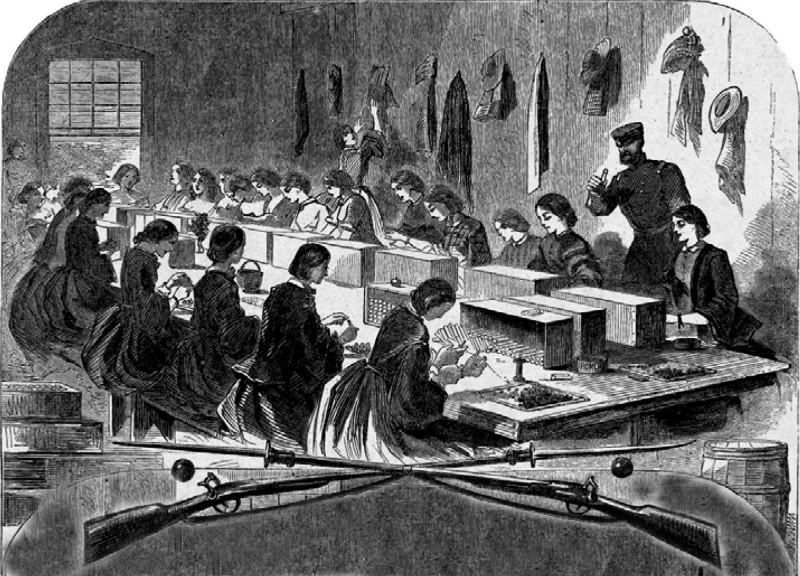
Photo: Hektoen International












